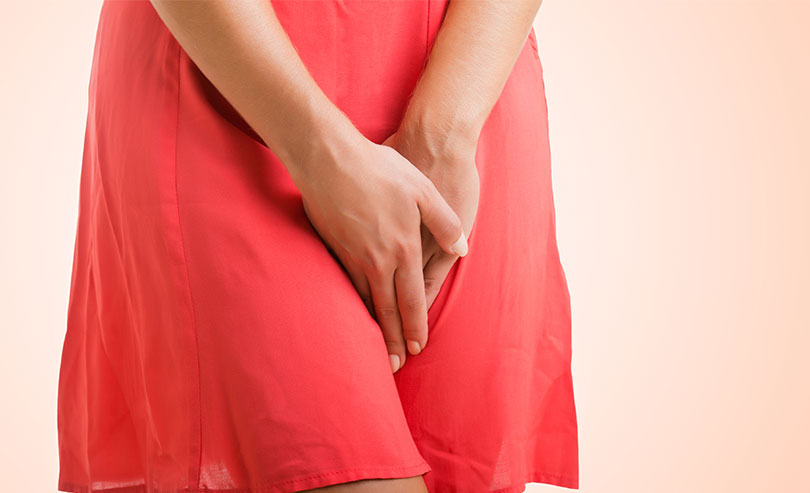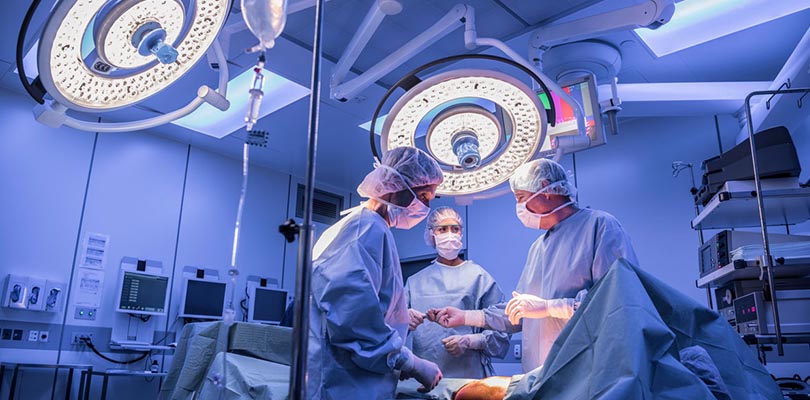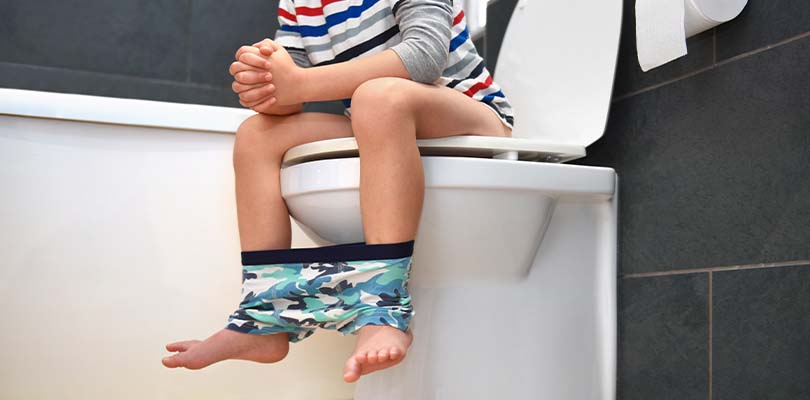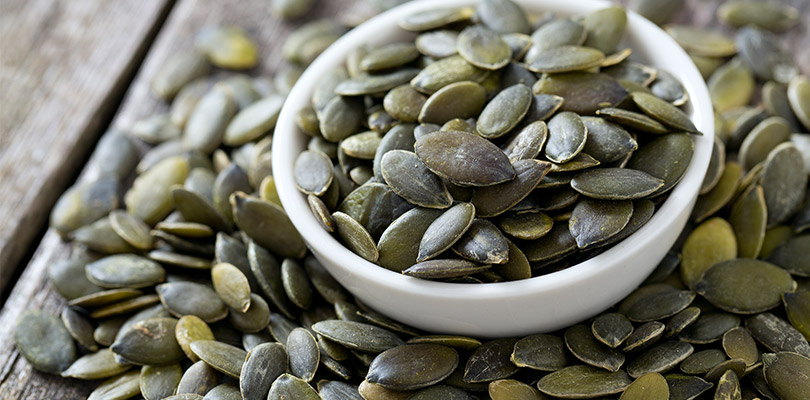How to Control Overactive Bladder
An overactive bladder can mean needing to use the bathroom more often than normal, being unable to hold your urine, waking up to pass urine during the night, or suffering from bladder leakage (incontinence).
All of these symptoms can be inconvenient, embarrassing, and distressing. So if you suffer from overactive bladder, what can you do to help?
Fortunately, there are many different ways to help control an overactive bladder. In this article, we will look at some of the most effective ways on how to control overactive bladder.
Diet
Believe it or not, diet plays an essential role in controlling an overactive bladder.
Firstly, it is important that you maintain a healthy body weight. This is because being overweight can put extra pressure on your bladder, meaning that you need to urinate more often.
Another problem that can put unnecessary pressure on your bladder is constipation. You can avoid this condition by eating plenty of high-fiber foods such as vegetables, fresh and dried fruit, beans, and whole grains. Staying active can also help to prevent constipation, as well as improving your health in general.
Some people also find that certain foods or drinks make their overactive bladder worse. Caffeine is a common culprit – caffeine can be found in tea, coffee, cola, energy drinks, and chocolate. Other foods and drinks which may irritate an overactive bladder include alcohol, artificial sweeteners, citrus fruit, apples, cranberries, spicy food, tomato-based dishes, and soda.
If you are unsure which foods affect you, try keeping a journal, noting down everything you eat and drink and how it affects your bladder. Once you have identified your triggers, eliminate them from your diet.
It is also essential that you pay attention to your fluid intake. Although it may seem strange, not drinking enough can be just as bad for your overactive bladder as drinking too much. Ask your physician exactly how much you should be drinking each day, and do your best to stick to that amount.
As a rule, it is best to avoid drinking too much in the evening as this could result in night-time bathroom trips disturbing your sleep.
Kegel Exercises
Kegel exercises are one of the best ways to manage an overactive bladder. They work by strengthening your pelvic floor, the muscles which are responsible for bladder control.
You can identify your pelvic floor muscles by stopping yourself from urinating midstream. However, it is not a good idea to do this regularly as it can cause more problems over time. Once you have identified the correct muscles, you should always do your Kegel exercises with an empty bladder.
Tense your pelvic floor muscles and hold for five seconds, then release, repeating the exercise five times. Try to make sure that you are only using your pelvic floor and not your abdominal muscles, buttocks or thighs. Once this gets easier, gradually work your way up to holding for ten seconds and repeating ten times. Do your Kegel exercises several times throughout each day.
Overactive bladder is a health condition that causes frequent urination. Bladder augmentation surgery may be able to help. Find out if it's right for you.
If you are unsure whether you are doing these exercises correctly, ask your physician about biofeedback. This technique uses an electrical probe to determine how effectively you are tensing your pelvic floor.
Women can also use weighted, vaginal cones to make their Kegel exercises more effective.
Bladder Retraining
There are a number of different ways to retrain your bladder so that you do not need to run to the bathroom so frequently.
Perhaps the simplest way of retraining your bladder is by holding on for a few minutes every time you need to urinate. You can gradually build up the amount of time that you hold on as your pelvic muscles grow stronger.
Another method of bladder retraining is to schedule bathroom breaks every two to three hours. Try to stick to your scheduled bathroom times rather than going every time you have the urge. This may be difficult to begin with but will become much easier over time.
If you have trouble emptying your bladder completely, you could try a technique known as double voiding. After you finish passing water, stay on the toilet for a few minutes and then try to empty your bladder again. This should reduce the need to use the bathroom again straight away.
Medication
If you need a little extra help controlling your overactive bladder, there are several medications available. An antidepressant called duloxetine can be used to control stress incontinence (leaking when you cough, sneeze, or laugh). For urge incontinence (needing to urinate suddenly and urgently) your physician may prescribe antimuscarinic drugs such as tolterodine or oxybutynin.
Unfortunately, all of these drugs can cause side effects, the most common being dry mouth, dry eyes, and constipation. If you suffer from dry mouth, try sucking lemon candy rather than increasing your fluid intake dramatically, and if you suffer from dry eyes, ask your pharmacist to recommend some eye drops.
Nerve stimulation
Nerve stimulation can also be used to control an overactive bladder. It involves stimulating the sacral nerve with mild electrical currents, causing the pelvic muscles to contract. However, because this technique is quite invasive, it is usually only used if other methods have not worked.
Surgery
In severe cases, surgery can be used to enlarge or lift the bladder, or to create a stoma, a small hole in the abdominal wall through which a catheter tube can be passed.
As there are many different risks associated with surgery for overactive bladder, this is usually kept as a last resort when all else has failed.
Other Bladder Control Techniques
There are several other options available for controlling an overactive bladder. These include intermittent catheterization, Botox injections, and complementary therapies such as acupuncture.
Talk to your physician to find out which of these techniques is most suitable for you.







